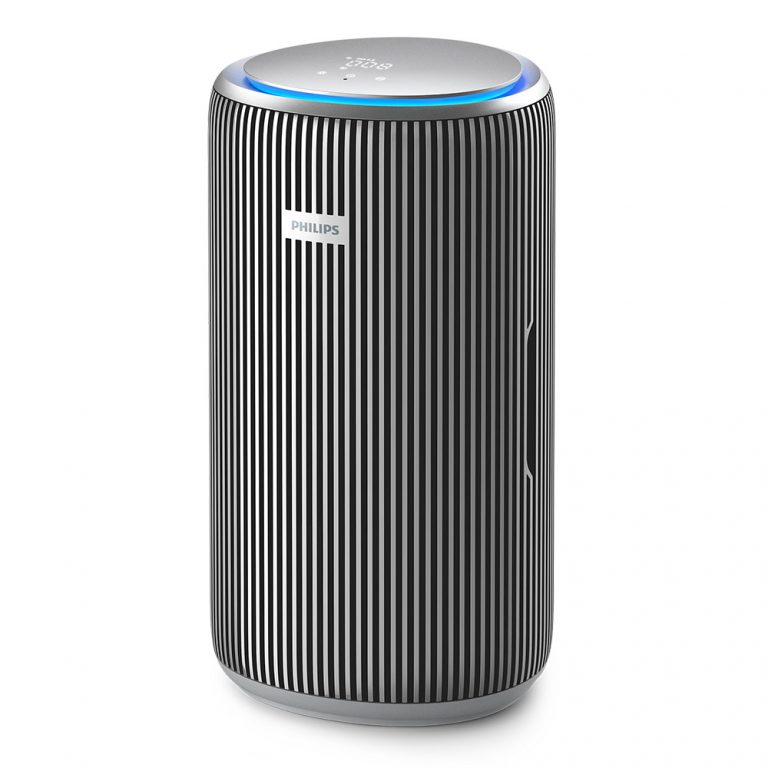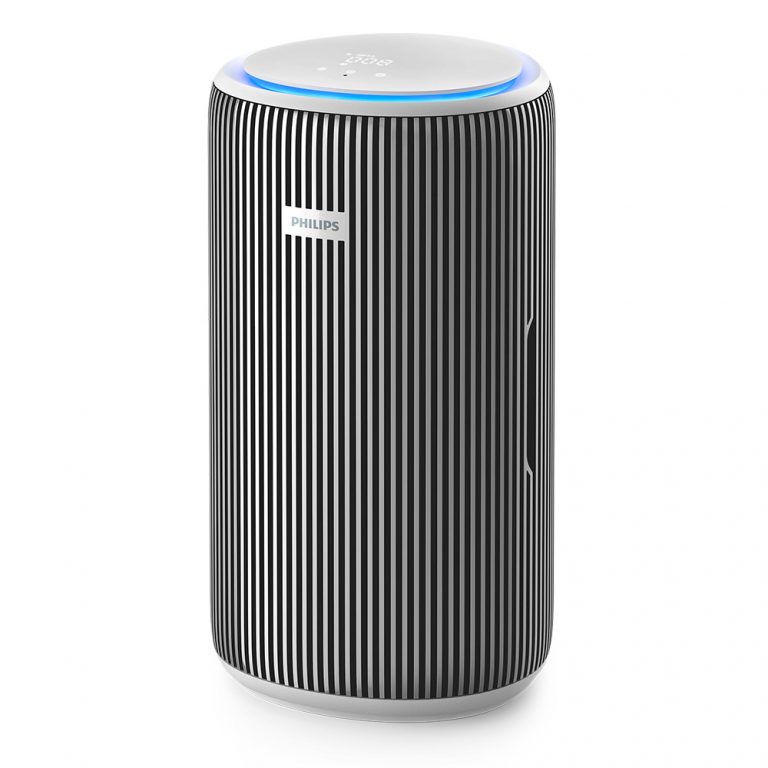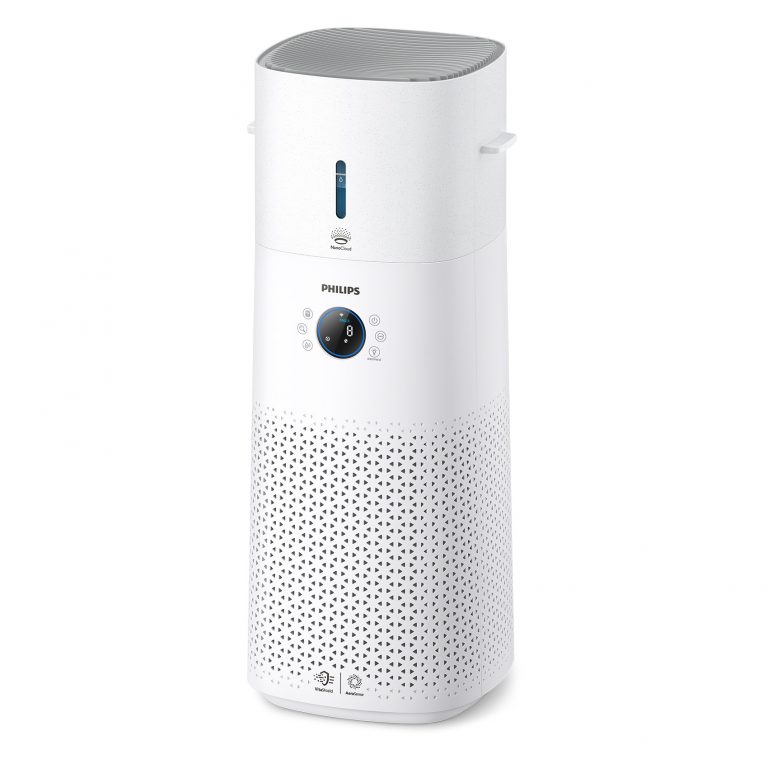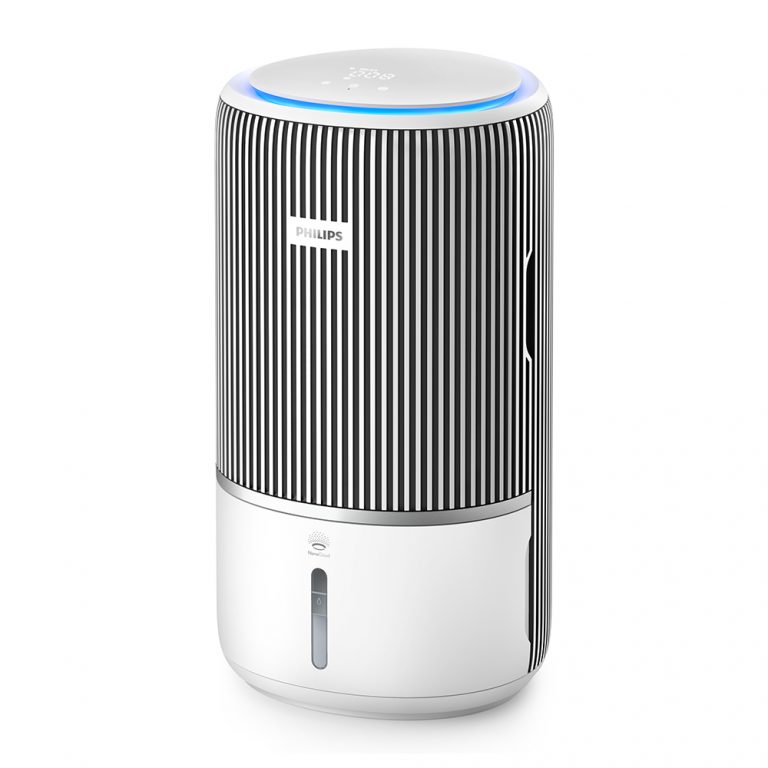The air we breathe indoors can be 4x worse than the air outside
Our air purifiers remove 99.9% of all allergens and pollutants.
The air we breathe indoors can be 4x worse than the air outside
Our air purifiers remove 99.9% of all allergens and pollutants.
When we think of air pollution, we naturally think of the air quality outside. However, the importance of indoor air health is rightfully receiving more attention.
The air that we breathe within our homes is affected by many things, and can be 4x worse than the air quality outside.
Pollution from outside can infiltrate your home, where it effectively becomes trapped, and there are many different pollutants that are created from indoors as well.
Outdoor pollutants often enter your home through windows, ventilation points, plumbing and electrical gaps, garage connections, roof vents, fireplaces, HVAC systems. Even kitchen and bathroom exhaust fans can affect your family's indoor air quality.


Standard ventilation points, open windows, air-conditioning units, gaps around plumbing pipes and electrical conduits, garage connections, roof ventilation, fireplaces and heating systems, along with kitchen and bathroom exhaust fans are common access points for outdoor pollutants to infiltrate our indoor spaces, affecting the quality of air that you and your family breathe.
When we think of air pollution, we naturally think of the air quality outside. However, the importance of indoor air health is rightfully receiving more attention.
Construction sites
Construction sites emit air pollutants which carried by wind, infiltrates near-by homes and affects our indoor air health.
Particulate Matter (PM10, PM2.5): Dust from excavation, demolition, and material handling (e.g., sand, cement, soil). Similar to desert dust storms, these include fine mineral particles like silicates or carbonates.
Volatile Organic Compounds (VOCs): From paints, solvents, adhesives, and fuel combustion in machinery.
Diesel Exhaust: Nitrogen Oxides (NOx), Carbon Monoxide (CO) and Sulphur Dioxide (SO2created from combustion in heavy machinery.
Silica Dust: Fine particles from cutting concrete or stone, mixing with dust.
Chemical Fumes: Tar, building materials with waterproofing or fireproofing chemicals, which can be magnified by hot climates.
Transport emissions
Transport emissions (e.g., PM2.5, NOx, VOCs, CO from vehicles) entering homes through windows, vents, or cracks can cause:
Respiratory Issues: Coughing, wheezing, asthma attacks, reduced lung function.
Heart Problems: Increased risk of heart attack, stroke, high blood pressure.
Allergies: Worsened sneezing, itchy eyes, nasal congestion.
Eye/Skin Irritation: Red, watery eyes; dry or itchy skin.
Cognitive Effects: Headaches, fatigue, potential cognitive decline.
Cancer Risk: Slight increase in lung cancer from long-term exposure to diesel exhaust.
Natural biological pollution
Wherever we are in the world, our natural environments will always pose certain challenges to the quality of our air health.
In the UK and Europe – grass, trees, flowers and weeds give off pollen and mold spored which causes unpleasant allergies and raspatory problems. Wild fires in Europe, India and South-Asia, volcanic eruptions and desert storms in Africa and the Gulf states all pose natural threats to the quality of air that we breathe.
Desert storms & desert dust
The spread of desert dust is a natural, localised phenomenon across the Gulf states. However, the Gulf states are also affected by more distanced dust storms from the Sahara Desert spanning North Africa, causing many health implications.
Respiratory Issues: Dust particles (PM2.5/PM10) irritate airways, causing coughing, wheezing, or shortness of breath, especially in people with asthma, allergies, or lung conditions.
Eye and Skin Irritation: Dust can lead to itchy, watery eyes (allergic conjunctivitis) and skin rashes or dryness upon contact.
Worsened Allergies: Dust may carry pollen or mold, triggering sneezing, runny nose, or sinus congestion.
Cardiovascular Risks: Fine particles can enter the bloodstream, increasing risks for heart issues in sensitive groups (e.g., elderly, those with heart disease).
Fatigue and Discomfort: Poor air quality and sleep disruption from nasal congestion can cause tiredness or irritability.
Humidity & Air Condensation
Summer months in the Gulf states reach extreme temperatures, with high humidity. Along with condensation from air conditioning units, these two factors combine to pose significant risks to our indoor air health. Mold and fungal spores are microscopic, typically ranging from 2 to 100 micrometers in size (smaller than the width of a human hair, ~70-100 micrometers). They often float in the air and they can be invisible without magnification. Resulting health impacts can be severe.
Respiratory Issues: Inhaling mold spores can cause coughing, wheezing, throat irritation, or shortness of breath, particularly in those with asthma or allergies. Severe cases may trigger asthma attacks or chronic sinusitis.
Allergic Reactions: Spores can provoke allergic rhinitis (hay fever), leading to sneezing, runny/stuffy nose, itchy eyes, or skin rashes. Up to 20–30% of people are sensitive to mold allergens.
Immune System Effects: Prolonged exposure may weaken immunity, increasing susceptibility to respiratory infections, especially in children, the elderly
Toxic Effects (Rare): Certain molds (e.g., Stachybotrys, or “black mold”) produce mycotoxins, which can cause fatigue, headaches, or, in rare cases, neurological symptoms with chronic exposure.
Skin and Eye Irritation: Contact with mold can lead to itchy, red skin or watery eyes.




